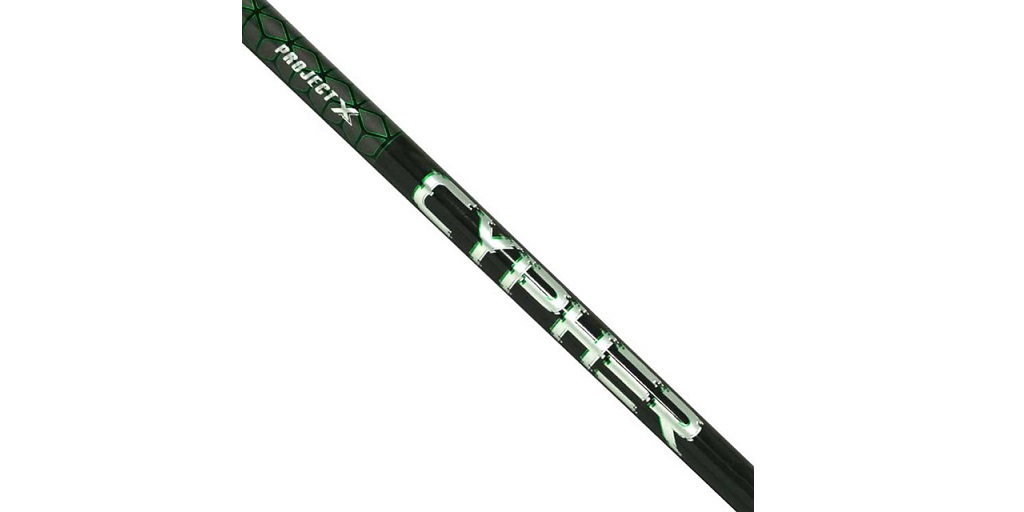
Looking for the best golf club shafts in the game? Make sure you spend at least half as much time researching shaft specs as you do researching the features – these can significantly impact whether or not a shaft is suitable for you.
But let’s talk about one that is often overlooked: shaft weight. Everyone knows that shaft flex can influence performance, but what about weight?
How Swing Weight Affects Range and Shot Dispersion
Shaft weight is measured in grams and is usually between 40 and 140. Generally speaking, a lighter shaft will produce a faster swing speed, while a heavier shaft will create a slower swing speed. A lighter shaft may also have a higher kick point, meaning the shaft flexes more and produces a higher trajectory. Conversely, a heavier shaft will have a lower kick point, which produces less flex and a lower trajectory.
When deciding which shaft weight is right for you, it’s important to consider your swing speed, experience level, and playing style. As a general rule, a lighter shaft is recommended for slower swings, while a heavier shaft is better for faster swings. You should also consider the type of club you are using. For example, a driver or a 3-wood will require a lighter shaft, while an iron will require a heavier shaft.
Other Factors That Influence the Best Golf Club Shafts
In addition to shaft weight, there are other factors that influence the performance of the best golf shafts.
One of these is shaft flex. Flex refers to the flexibility of a golf shaft, that is, how much it will bend under force. Shafts generally range in flexibility between regular and extra stiff ratings, with some specialty shafts rated at amateur, senior, and ladies’ flex.
Lower shaft flex ratings are generally considered more suitable for players with slower swing speeds. Higher shaft flex ratings are better for players with higher swing speeds as they don’t need an assist from the shaft to boost clubhead speed (and therefore ball speed).
In addition to shaft flex, torque and kick point are also important factors. Torque refers to how much a shaft will twist around an axis running through its center. While higher torque ratings may be considered more forgiving, most players with faster swing speeds prefer shafts with lower torque ratings.
There is also kick point, which is how high or low the shaft appears to bend when flexed. Lower kick points are associated with high launch and golf ball spin profiles; high kick points are associated with stiffer shafts and lower spin and launch profiles.
Again, players with faster swing speeds generally prefer shafts with higher kick points.
Working with a Golf Club Fitter for Success
There is only so much you can tell about one specific golf shaft from its weight, shaft flex rating, torque, and kickpoint, even if it is considered one of the best golf shafts in the industry.
The only way to play with a shaft that you know is well paired to your abilities is to work with a golf club fitter.
A fitter will take your measurements, observe your swing, and interview you regarding your goals, before hand-selecting some specific options for you from the most popular shafts in the industry, based on your unique needs as a player.
To learn more about how golf club fitting services can positively impact your game, or to discover some of the best golf shafts in the industry, such as MCA TENSEI and Project X HZRDUS Smoke shafts, visit Dallas Golf Company online at DallasGolf.com.
For more information about Golf Stand Bags and Callaway Driver Shafts Please visit: Dallas Golf Company Inc.


